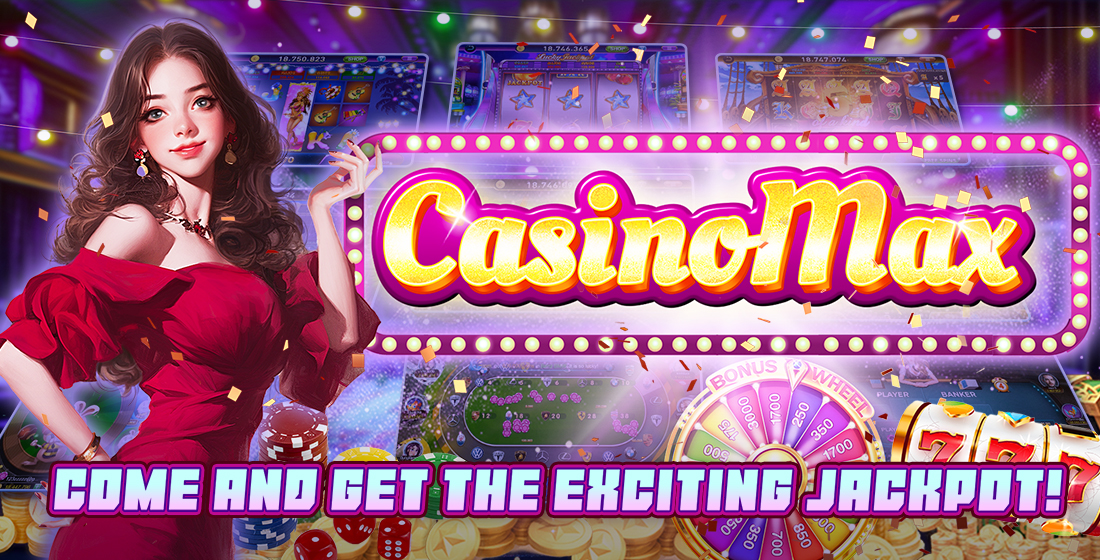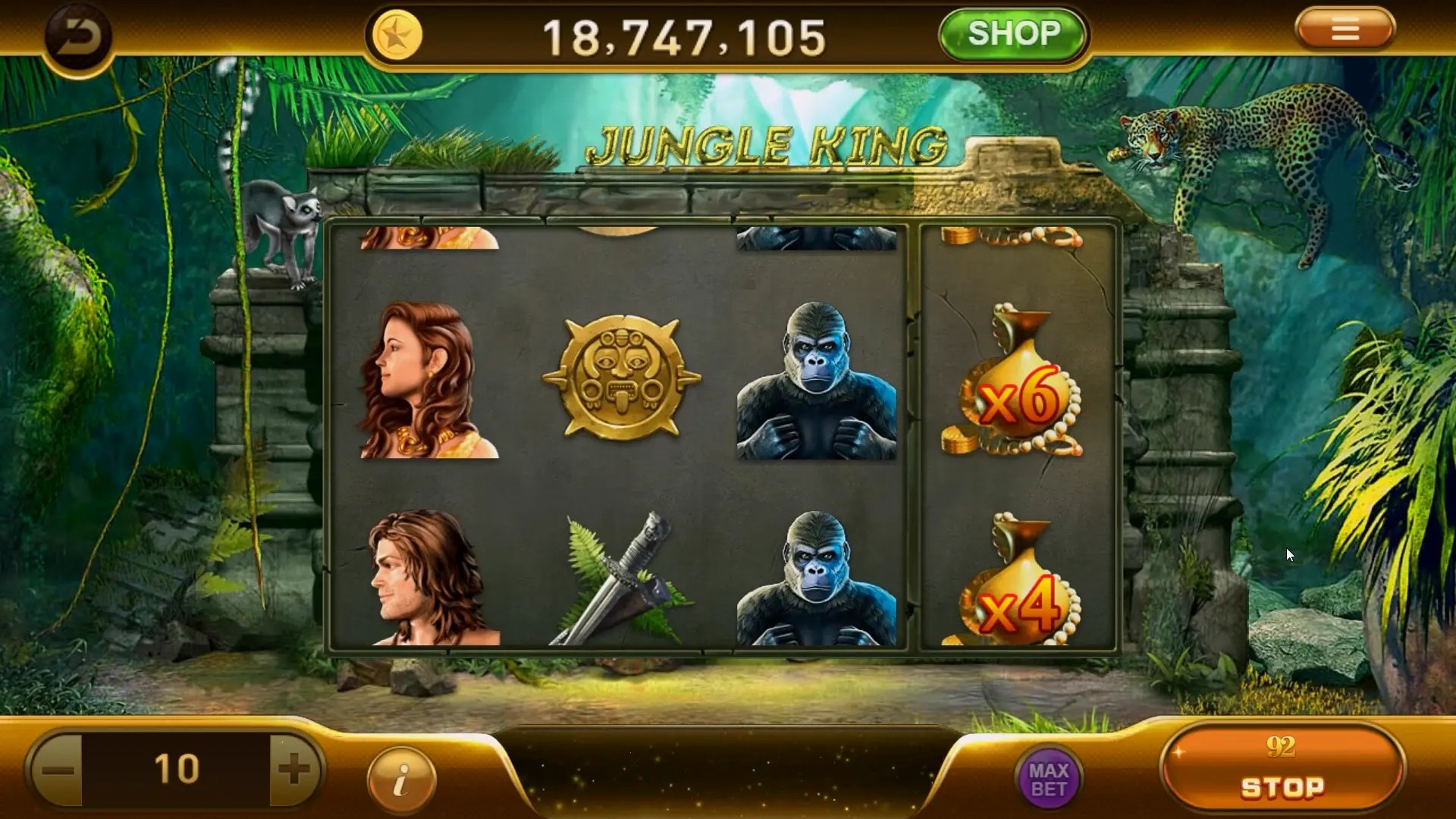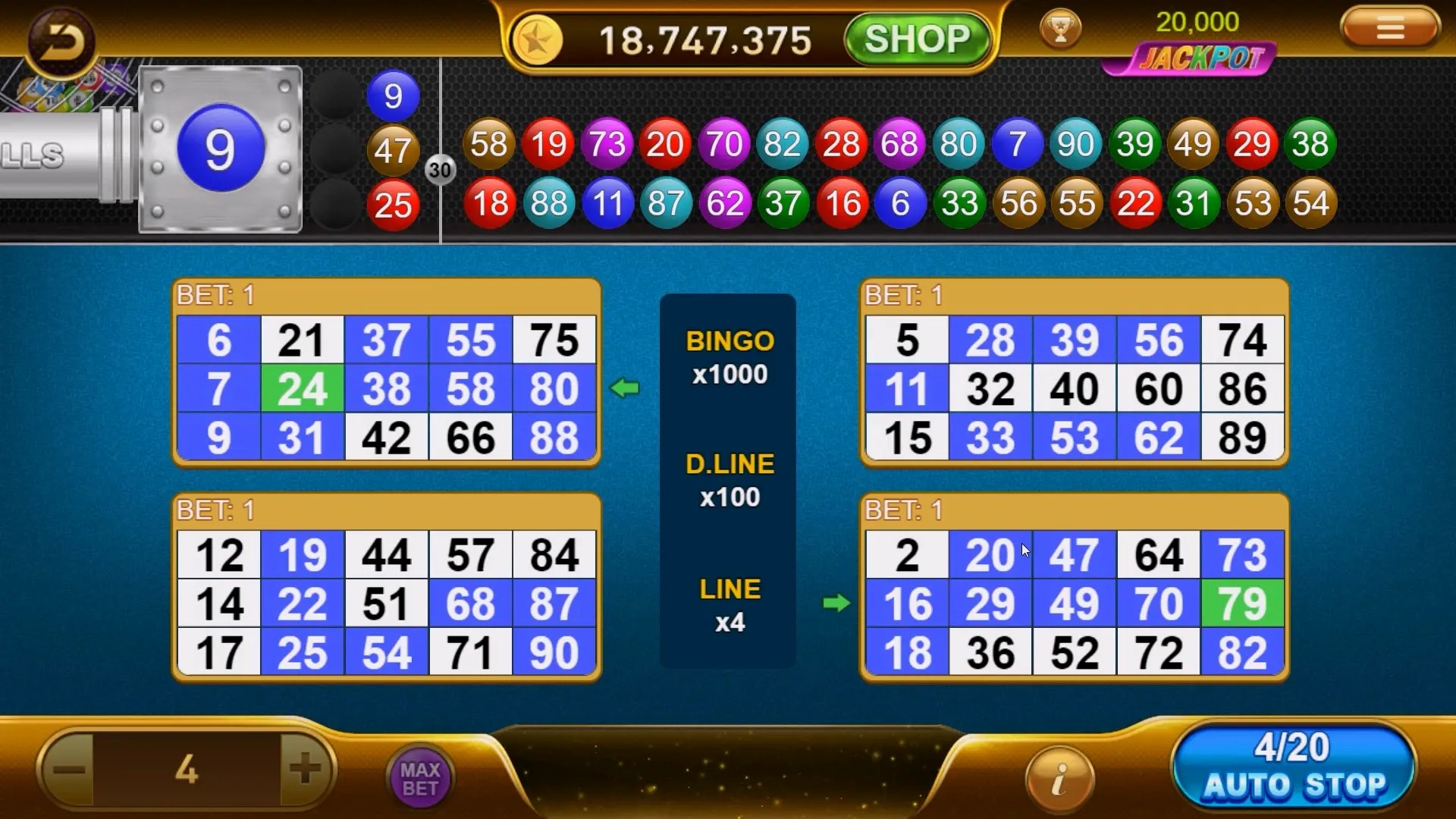Creative Games Are Reshaping Game Night Forever
If you're still rotating through Monopoly and Scrabble every Friday night, brace yourself—creative games are flipping the board. Literally. No dice. No rules sheets. Just innovation, collaboration, and the wild chaos of human imagination unleashed on cardboard and code. Whether your crowd leans digital—Fortnite crashing match start mid-battle, yes, still annoying—or craves analog fun, this new era offers something beyond points and penalties. Think delta forc challenges, improv prompts with high stakes, drawing duels that spiral into full-blown narratives. Forget game night. We're entering game *experience*. And it’s not coming—it’s already here.
Why “Creative" Is the Most Powerful Modifier in Gaming
Gone are the days when “game" just meant racing tokens around a plastic path. The modifier “creative" transforms the entire experience. What happens when rules are guidelines? When victory depends not on memorization, but on making something no one expected? Creative games push beyond traditional objectives. The goal isn’t just to win, it’s to invent, express, react.
- Player-generated stories instead of predetermined narratives
- Visual puzzles from abstract prompts
- Voting on humor, emotion, or originality, not points
- Dynamic roles that shift per round
This isn’t passive gameplay—it’s collaborative art, disguised as entertainment.
The Digital vs. Analog Game Divide
Digital gaming thrives on accessibility. Tap your phone, and you’re in a match—if it doesn’t crash. Anyone who’s seen that “Fortnite crashing match start" message at the worst moment knows digital fragility. But analog creative games? A paper, a pen, some index cards—and you’re unstoppable. No servers. No lag. No update hell at midnight before the weekend hangout.
Still, digital brings its advantages: global access, randomized prompts, soundscapes. Hybrid setups (like using a mobile app with a card-based physical game) are becoming the sweet spot. One group passes around phones for a voting system, but the art, ideas, words—all analog. The future isn’t analog or digital—it’s layered.
Drawing on Absurdity: The Rise of Doodlers’ Dominance
If your idea of artistic skill stops at “stick figures with feelings," welcome to **Drawful 2**. One of the pioneers in creative party gameplay. The prompt pops: “Invent a dinosaur that runs on sadness." You have 60 seconds to sketch… and someone will later argue passionately that your blob was a “melodrome," and yes—it photosynthesizes through grief.
Drawing-based creative games bypass traditional competition. No one wins because they guessed right. You win because you *committed*. Because “dragon riding unicycles inside a microwave" was delivered with confidence. That energy—that's what makes nights unforgettable.
Words, Whims, and Wild Guesses: Story-Driven Game Innovations
Have you ever started with "space cowboys" and ended with “a cult dedicated to silent espresso" in under five minutes? Story games are where language bends. Not trivia. Not spelling bee. Inventing nonsense that sounds profound.
Titles like **Telestrations After Dark** or **Decrypto** twist wordplay into narrative traps. Players decode, bluff, and narrate—all while someone in the back insists “delta forc" isn’t a misspelled military reference, but the name of a rogue coffee franchise. Is it correct? No. Is it better? Arguably yes.
From Board to Brains: Psychological Game Shifts
Creative gameplay doesn’t test reflexes. It tests perception. Humor radar. Ability to connect dots no one drew. These games reward lateral thinking. A great answer isn’t correct. It’s delightful. Unexpected. Somehow on-theme even if it sounds random.
Consider **Wyrmspan**, a twist on Wingspan—not about collecting eggs, but building mystical serpent nests with made-up biomes. Or **The Mind**, where no talking, just syncing vibes to play cards in numerical order. There’s zero creative “output," but the mental flexibility it forces? Extremely inventive. You’re creating cohesion from chaos.
| Game Title | Creative Element | Player Count | Avg Duration |
|---|---|---|---|
| Crashed Robots | Drawing repair blueprints for absurd machines | 3-8 | 35 min |
| Junk Draft | Inventing products from random junk items | 4-10 | 45 min |
| Riot Syndicate | Crafting rebellions from three-word prompts | 5-12 | 60 min |
| Stellar Shtick | Pitching fake space ventures to alien investors | 3-6 | 50 min |
Fostering Collaboration, Not Just Competition
You don’t need enemies to feel engaged. In fact, too much competition kills creativity. Most new creative games focus on collective creation, not elimination. No “you’re out," just, “okay, your turn to ruin it (in a good way)."
In **Ganymede**, players collectively map a moon’s terrain and culture. One person starts a myth, the next ties it to geography. Conflict isn't player-vs-player; it’s humanizing a lava worm civilization through shared storytelling. This shift—from combat to co-authorship—is revolutionary.
Kids Leading Adult Play? Absolutely.
Creative games flatten hierarchies. Age, career, education—none matter when you’re defending a drawing of a cheese volcano as a sacred cultural monument. Some of the best gameplay moments happen when a ten-year-old says, “The reason unicorns went extinct? Fashion." The room freezes. You realize… they might be right. That’s the magic.
Children often outshine adults here. Unhampered by “what’s logical," their brains go straight to symbolic, silly, sublime. Creative games leverage that. They're not *kid-friendly*, they're *kid-balancing*—equalizing play fields in the best way.
The Cringe Factor: What If I’m Not “Creative"?
Hear this loud: You do not need talent to play a creative game. In fact, being bad makes it better. Remember Fortnite crashing match start? It’s like that. Everyone experiences glitches—your turn’s sketch might look like a melted crayon incident. Good. Lean in. The humor *is* the point.
Low stakes = high play. You’re not judged on artistic merit, just audacity. If everyone's embarrassed together, no one is. That social levity? That’s why these games break the ice faster than trivia about your first job.
“Delta Forc" and Made-Up Mythologies
No, “delta forc" probably won’t appear in any military dictionary—except in a **Starseek** gameplay round, where one group accidentally names their underground resistance movement “Delta Forc: Silent Coffee Wing." It sounded ominous with whispered voices and flashlights.
This is what happens when creative games take hold. They generate new lore. Inside jokes that live beyond the night. The group won’t remember who scored highest. But “Operation Bean Extraction" under delta forc moon base? Forever in the family reunion lore. These fabricated mythologies—temporary, shared, bizarre—are why people say game night hit different.
Beyond Parties: Creative Gaming in Therapy and Workshops
Wait—it gets deeper. Therapists now use creative games to bypass cognitive filters. When you're drawing "anxiety as a sandwich," you say more than you mean to. The abstraction gives safe distance. The silliness reduces shame.
Similarly, brainstorming workshops are adopting titles like **Idea Avalanche** or **Nonsense Engine**, where teams build absurd concepts to warm up serious innovation pipelines. A session that starts with “marketing teleportation ketchup" often flows into practical ideas later. It loosens mental joints. Think of it as cognitive yoga—downward dog through surrealism.
Built-In Chaos: Dealing With Real Crashes
Sure, analog games never show the “Fortnite crashing match start" message. But they have flaws too: someone forgot the dice, rules misunderstood on round 3, card decks lost under the couch. Yet this is part of the fun. You improvise. A poker chip becomes a die. The dog’s name becomes the judge. This adaptive problem-solving? That’s also part of gameplay now.
Digital fails cleanly—disconnect. Physical games fail loudly, funnily, and socially. One group started recording each misrule and naming them like laws: "Rule #7: If Jan chooses the red card, everything reverses and the toaster is guilty." This organic rulebook? A sign of deep immersion.
Design Principles of Standout Creative Games
What makes a game stand out as a true creative hit? Design-wise, a few things reoccur:
- Limited constraints (three words, 45 seconds, one color only)
- Shared interpretation (group voting on the funniest or weirdest)
- Low skill ceiling / High fun ceiling (no mastery curve, instant entry)
- Voting over winning (popularity vs. correctness)
- Randomly generated triggers (no prep needed)
The best ones feel less manufactured and more… discovered. Like a ritual someone unearthed and decided to share.
Creative Games and the Social Cure
In a time where real interaction is rare—where texting replaces talking, and solo streaming trumps hanging out—creative games are quiet acts of rebellion. They bring bodies into a room, force shared attention, create laughter with zero algorithms.
One Lithuanian study observed game groups in Kaunas over a 3-month period. Findings showed increased post-session mood, stronger self-reported group bonds, and surprisingly—fewer people checked their phones. The most powerful tech? Apparently cardboard and crayons.
Finding Your Next Creative Game Match
How do you even begin? Start simple. Don’t invest $80 on day one. Scour secondhand stores. Test a print-and-play from Reddit. Here are a few starting paths:
- Drawing games: Telestrations, Skribbl.io live, Crashed Robots
- Story generators: Rory’s Story Cubes, Once Upon a Time
- Silly association: Concept, Codenames: Duet
- Build-and-share: Dixit, Gloom
Pick based on crowd size and boldness tolerance. Test. Burn through a few. One will spark that “We need to do this every week" glow.
Final Thoughts: The Unstoppable Momentum of Creative Gameplay
Game nights used to be routines. Predictable. Sometimes boring. But now—between the doodles, mishearings, made-up factions, and that one person still arguing the toaster was guilty—there’s life. The moment your crew bursts into laughter because “delta forc" now oversees all sandwich-based rebellions? That’s victory. Not in points. In connection.
Key Points Recap:- Creative games emphasize imagination over traditional winning
- Drawing and storytelling mechanics dominate innovative titles
- Hybrid analog-digital formats offer balance and reliability
- “Fortnite crashing match start" reflects the fragility of digital play
- Creative failure—bad drawings, dumb answers—is actually part of the fun
- New mythologies (even ones like “delta forc") bond groups deeply
- These games are increasingly used in non-recreational settings (therapy, ideation)
- Success in SEO terms requires embedding keywords naturally—like “creative games," “game," “Fortnite crashing match start," and long tail “delta forc"
So yes, creative games aren’t just spicing up game night. They’re redefining it. From accidental lore to shared silence while everyone draws "a robot grieving its remote," they’re stitching together moments no algorithm would ever script. For those in Lithuania and beyond—gather, grab pens, pull chairs closer. You’re not just playing a game. You’re writing a legend—crayon draft edition.



